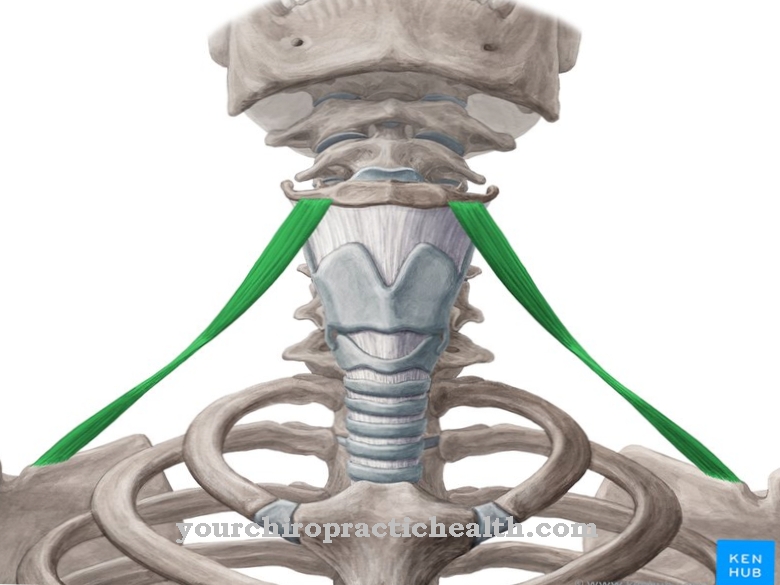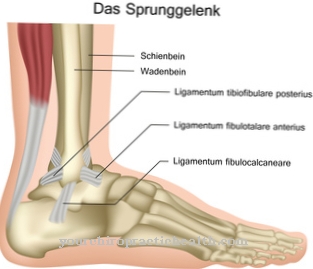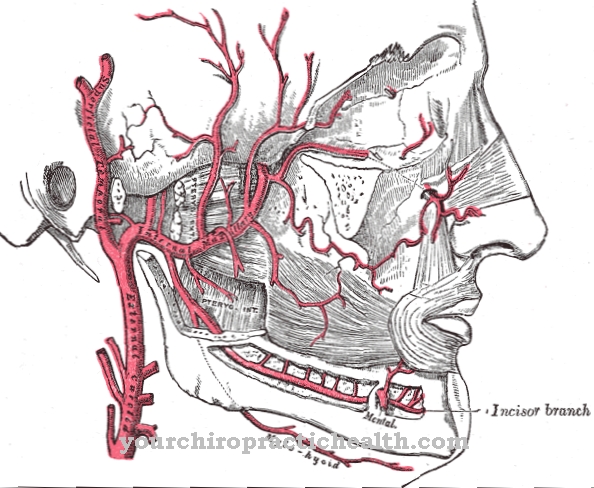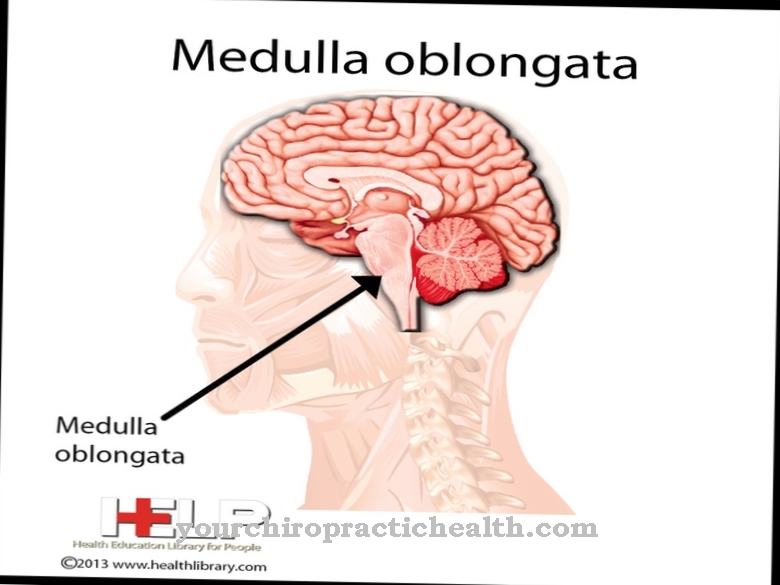The bile is a body secretion produced in the liver that is released into the duodenum for digestive processes. Bile is stored in the gallbladder, which is connected to the liver and duodenum via the bile ducts. The formation of gallstones is one of the known disorders of the bile.
What is the bile?

Is correctly designated bile the digestive fluid produced in the liver, which drains into the gallbladder, where it is further thickened.
The production of bile takes place outside of food intake. In common parlance, the gallbladder itself is often referred to as bile. If the body ingests fatty food, the bile is released and flows out through a dedicated bile duct until it reaches the duodenum.
Bile can be of different colors depending on the amount of the red dye bilirubin or the green dye biliverdin. These dyes also color the faeces excreted later differently. Fats are converted into digestible components by bile. Bile also transports other liver waste products out of the body.
Anatomy & structure
The bile consists of four fifths of water. In addition there are bile salts, lecithin and the coloring agents. Other components are present in very small amounts, including the harmful substances excreted by the liver, which are transported through the gallbladder.
One of the main functions of bile is to bind cholesterol. This only works if a very sensitive ratio of lecithin, bile salts and cholesterol is maintained. A disruption of this relationship leads to malfunctions and also to diseases in the further course. Bile is first collected in the gallbladder, which is located on the right side of the body below the costal arches on the right side of the body, level with the liver.
It reaches the sac-like structure of the gallbladder via the gallbladder duct and the main bile duct. At this point, it is even thinner and only thickened into a much tougher secretion in the gallbladder.
Functions & tasks
bile plays an important role in food intake. Bile divides fats into easily digestible small droplets. This turns the dietary fats into an emulsion, which can be better implemented by the pancreatic secretions that also reach the duodenum.
Another function is related to the alkaline nature of bile. The chyme that is pre-digested in the stomach is very aggressive due to the stomach acid. Without the neutralizing effect of the bile, it would be capable of attacking the intestines. The release of bile into the digestive process is triggered by the absorption of fats. When this happens, the gallbladder contracts and the bile drains through the main bile duct.
If fats do not enter the digestive process through food, the bile remains in the gallbladder. Since the liver produces around 700 ml of bile a day, thickening is a necessary process during this storage. The gallbladder would not be able to absorb such an amount at all. The concentration also increases the effect of the bile.
Diseases
With bile a full gallbladder is not necessary to ensure a person's survival. It can be removed if its function is impaired.
A common disease of the gallbladder is the formation of gallstones. If the composition of the bile juice is not in equilibrium, solids form from the excess components of the bile. These stone-like hardenings can be present in the gallbladder itself or become lodged in the bile duct. If they obstruct the outflow of bile there, colic-like pain occurs. Not all gallstones will be noticed by those affected.
Some leave the body naturally. Others cause irritation and inflammation. If gallstones cannot be removed or crushed by medical treatment, the gallbladder is removed. Gallbladder inflammation without stones or a tumor of the gallbladder is less common. Nutritional problems after the gallbladder has been removed are rare as the liver continues to produce bile in a less concentrated form.
Typical & common diseases
- Gallstones
- Inflammation of the gallbladder
- Gallbladder cancer and bile duct cancer
- Biliary colic
- Cholestasis




























